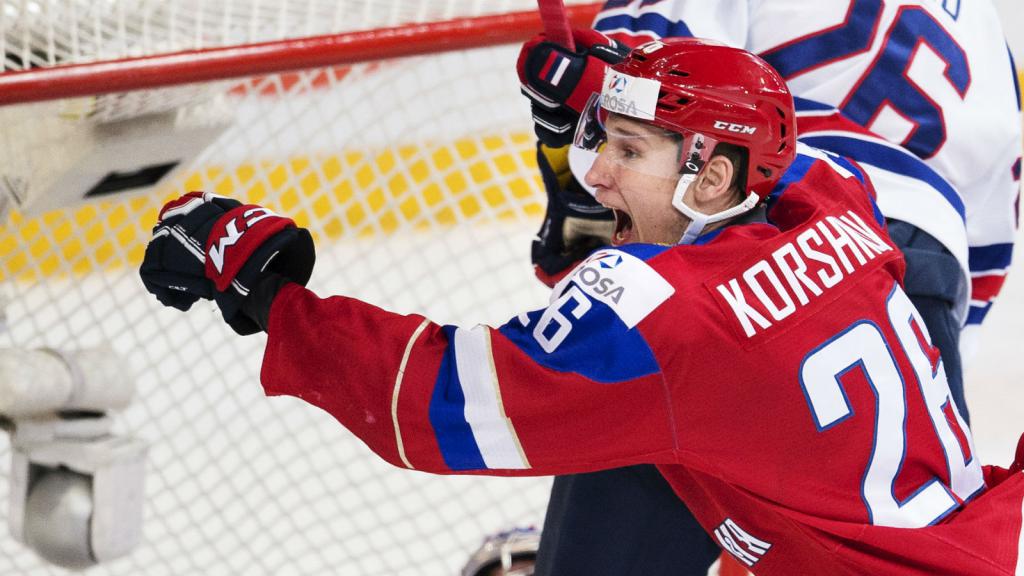A beginner’s guide to prospect development in the United States
In what is now to be considered an article series, this second edition of “Beginner’s guide” takes us to the United States where we take a look at how domestic hockey prospects are traditionally developed. In our previous edition of Beginner’s guide, we chronicled the CHL – Canadian Hockey League – and how the umbrella organization to Canadian junior leagues QMJHL, OHL and WHL is responsible for producing oodles of young talent that end up in the NHL or other professional hockey leagues around the world.
In the United States, things work a little bit differently.
I’d like to preface this article by stating that I won’t be examining the United States’ hockey developmental system too in-depth and definitely won’t be able to cover all aspects of it (high school hockey, for example), but what I will do is take a brief look at three major organizations that are central to U.S. hockey: USA Hockey National Team Development Program (NTDP), United States Hockey League (USHL) and National Collegiate Athletic Association Hockey (NCAA).
The National Team Development Program is where we find the youngest of the American NHL hopefuls. The program contains two teams, the Under-17 and the Under-18 teams, as every year 22 of the top American hockey players from all over the nation under the age of 17 get selected by NTDP scouts to be on the Under-17 team. The players selected get a chance to complete two full seasons, moving from the U-17 to the U-18 after their first season, meaning there are always 44 active players in the NTDP but only 22 new attendees every season.
Responsibly accepting the role of educator in the lives of the young men that are selected, the NDTP features somewhat of a unique schedule. Outside of regular hockey practice, off-ice exercise and cognitive skill testing, the NTDP expects their players to “maintain strong academic standards” at all times and pride themselves on having a high acceptance rate to colleges amongst their alumni. The U-17 and U-18 participate in several different leagues and tournaments in any given calendar year, the biggest among them the 60-game schedule of the USHL. However, the NDTP also play games against college teams in the NCAA and participate in international U-18 tournaments against other national teams.
Segueing into the United States Hockey League on this journey of ours, we come across the top junior hockey league in the nation. The USHL is the closest equivalent the US has to a QMJHL/OHL/WHL with all American – the league does allow a quota of foreign nationals – players aged 20 or younger being eligible to play in the league. It contains a total of 17 teams split across two conferences with the NTDP currently featuring in the Eastern Conference. As the USHL maintains amateur status, any and all participating players are eligible to continue their hockey careers within the NCAA hockey program.
Finally, we arrive at the National Collegiate Athletic Association – a league that is usually referred to simply as “college hockey” or “NCAA hockey”. The NCAA features two divisions; Division I and Division III, with Division II being discontinued years ago. Division I is the top level where a total of 16 colleges across the nation compete for the honor of being named national champions. The semi-finals and finals are referred to as the Frozen Four and is usually played in a single location with the games taking place during a specific time span.
It is not uncommon to have prospects develop all the way through these three stages of US hockey before moving on to life as a professional hockey player. Older players like Joe Pavelski and Patrick Sharp both saw action in the USHL before moving to the NCAA and eventually the NHL. More recently, young NHL stars like Jack Eichel and Will Butcher are prime examples of a system that has been firing on all cylinders lately. Eichel and Butcher both represented the NTDP – in the USHL – against NCAA- and international competition, before ultimately attending a NCAA school that propelled them into the NHL.
In addition to developing an ever-increasing number of prospects through the NTDP-USHL-NCAA pipeline, USA hockey has had tremendous success in both the U-18 World Championships and the World Junior Champions; collecting seven (!) golds, one silver and one bronze in the last nine years at the U-18 level with six medals (three gold, three bronzes) at the U-20 level in that same time span.
USA Hockey as a whole is certainly on the rise and as we approach the end of this Beginners guide I’d be remiss if I didn’t highlight the brilliant architect behind the US model. Jim Johannson – General Manger of the US Olympic hockey team at the time – passed away unexpectedly just one month ago. Johansson joined USA hockey in 2000 and spent the next two decades spearheading the evolution of the US approach to developing hockey prospects. As the news of Johanssons tragic passing spread, an outpouring of sadness and support came from many of his former protégés like Auston Matthews and Joe Pavelski.
While Johansson will always be remembered fondly by those who knew him and through the lives he touched, his legacy to the world – USA Hockey – is humming along stronger than ever. Johannson was 53 years old.


